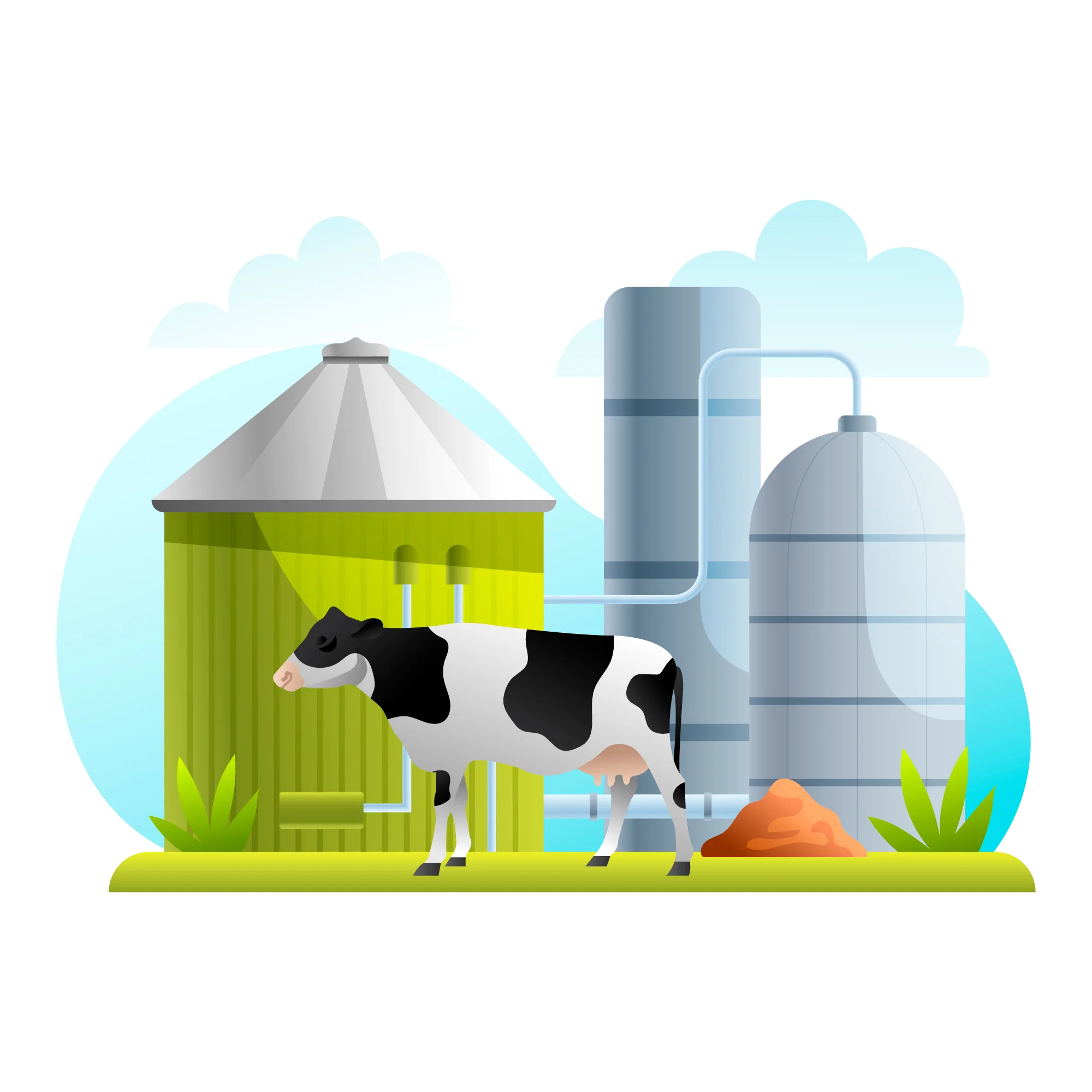Introduction
In recent years, the transformation of agro-industrial residues into renewable energy has seen a tremendous push forward as the world intensively searches for sustainable alternatives to fossil fuels. Among these residues, olive mill solid waste (OMSW) – a primary by-product of olive oil production – has garnered remarkable attention due to its vast availability and potential for energy production through anaerobic digestion (AD). However, the transition from laboratory-scale reactors to fully operational industrial-scale plants demands meticulous consideration of the feedstock’s peculiar characteristics and challenges. A new review by Lenzuni Martina, Converti Attilio, and Casazza Alessandro Alberto published on January 15, 2024, in “Bioresource Technology” provides an in-depth investigation into utilizing OMSW for AD at various operational scales.
The State of Olive Mill Solid Waste
Olive oil production is a significant agro-industrial activity, especially within the Mediterranean region. The manufacturing process generates a considerable amount of solid waste, which has traditionally been problematic due to its high organic load, low pH, high carbon-to-nitrogen (C/N) ratio, and phenolic compounds. The current review delineates these key attributes, highlighting the waste’s strengths as a biodegradable substance while stressing existing challenges for AD.
Laboratory to Industrial Scale: The Evolution of Anaerobic Digestion Plants
The review meticulously contrasts the AD of OMSW across laboratory, pilot, and industrial scales. While small-scale experiments offer insights into biological and chemical behaviors, scaling up involves complex dynamics. Nutrient addition and thermal pretreatment have been identified as potential solutions to balance the C/N ratio and mitigate the inhibitory effects of low pH and phenolics on microbial activity.
Co-Digestion: Increasing Efficiency and Overcoming Seasonality
One of the most promising advancements discussed is the co-digestion of OMSW with other organic substrates, particularly wastes from animal farming. This approach not only addresses nutrient imbalances but also alleviates the seasonality issue of olive waste, allowing AD plants to operate all year round and improving overall efficiency.
Economic and Environmental Sustainability
The synergy of co-digestion represents not just an engineering triumph but also an economic and environmental win. The review underscores the improved biogas yields and the reduction of greenhouse gas emissions as key sustainable outcomes. Furthermore, the economic analysis within the review points towards decreased operational costs and enhanced revenue prospects for biogas facilities that integrate co-digestion of OMSW with animal manures.
Looking Ahead: The Future of Olive Mill Waste in Anaerobic Digestion
The authors predict that the integration of OMSW within AD plants at an industrial level is poised for growth, given the focus on sustainable waste management and renewable energy production. However, continuous research and development, policy support, and financial incentives are crucial to overcoming the existing technological and market barriers.
Conclusion
The review presented in “Bioresource Technology” not only delves into the technical intricacies of amplifying the use of OMSW in AD processes but also delineates a roadmap towards a more sustainable and circular bioeconomy. Practitioners and researchers in the field will find this work to be a wellspring of knowledge and guidance as the industry strives to optimize renewable energy production from agro-industrial residues.
References
1. Martina, L., Attilio, C., & Alessandro, C. A. (2024). From laboratory- to industrial-scale plants: Future of anaerobic digestion of olive mill solid wastes. Bioresource Technology, 394, 130317. doi:10.1016/j.biortech.2024.130317
2. [Review of other relevant literature on OMSW and AD].
3. [Review of other relevant literature on nutrient addition and thermal pretreatment].
4. [Review of other relevant literature on the economic analysis of AD].
5. [Review of other policy and R&D advancements in the field].
Keywords
1. Olive Mill Solid Waste Bioenergy
2. Anaerobic Digestion Scale-up
3. Biogas Production from Agro-waste
4. Co-digestion Renewable Energy
5. Sustainable Waste-to-Energy Solutions
